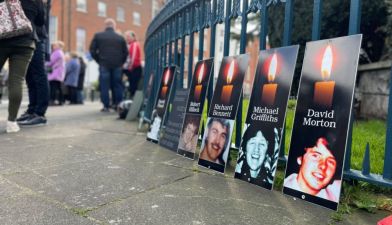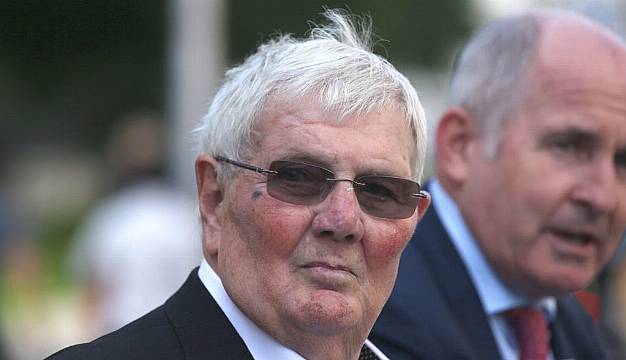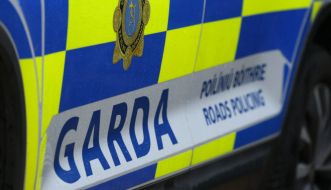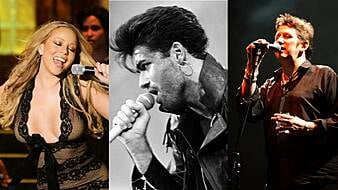Eamon Butterly, the manager of the Stardust nightclub at the time of the fatal 1981 fire, told gardaí that the practice of draping padlocked chains over the panic bars of exit doors “originated from the doormen” and was not something he ordered them to do, an inquest jury has heard.
However, Mr Butterly (78) also said he was “aware of the practice” and did not stop it.
Mr Butterly’s evidence began at the Dublin District Coroner’s Court on Thursday morning, during the inquest into the blaze that swept through the Stardust nightclub in the early hours of February 14th 1981, killing 48 people.
In his original statement to gardaí made in 1981, which was read into the record by the court registrar, Mr Butterly said he was the managing director of Silver Swan Limited, the company that managed and ran the Stardust club.
He said that at 1.30am on February 14th, he was told by a barman that there was a fire in the Stardust. He said he saw two barmen and a doorman fighting the fire, which was on the seats at the back of a partitioned area.
“I was amazed to see where the fire was as this area had been partitioned off since last Sunday and the Stardust itself had not been used since that day,” he said.
He said he had asked the head doorman earlier if all the fire exits were unlocked, and the doorman replied that they were and he had men stationed at each exit.
“I personally saw that 10 of the exits were open,” Mr Butterly said, adding that the head doorman then checked the other exits and said everything was okay.
The jury heard that Mr Butterly told gardaí that the staff were given no specific instructions in the event of a fire.
“I felt that I was not an expert, that I would not be aware of what specific instructions should be given to the staff in the event of a fire,” he said.
“To the best of my knowledge, no special training was given to the doormen.” The witness was asked about the company policy about the unlocking of exit doors.
“On Saturday nights or any non-disco night, all the exit doors were unlocked at approximately 7.30pm. On disco nights, exit three would be unlocked at 8.30pm. Door two would be opened at 10pm to allow the admittance of the patrons. Door four would be opened shortly before 10pm.
“The remaining exit doors, namely five, six and one, were normally opened between 11.30pm and 12am,” said Mr Butterly.
He said that most doormen had no responsibility for checking if the doors were unlocked, and this responsibility was placed on the head doorman.
“At no time since the premises opened in March 1978 were the fire exit doors left locked during the whole of any evening,” he said.
He was asked who had decided that a padlock and chain should be attached to one exit door only and the chain should be draped over the panic bar on the other half of the exit door.

“This practice originated from the doormen themselves. They had used this practice in other places where they worked. I did not order them to do this, but I was aware of the practice and did not stop same,” said Mr Butterly.
It was put to Mr Butterly that some doormen had said that instructions came from the top that exit doors were not to be unlocked on disco nights.
“This is untrue,” replied Mr Butterly.
Mr Butterly’s evidence continues this afternoon in the Pillar Room of the Rotunda Hospital.







